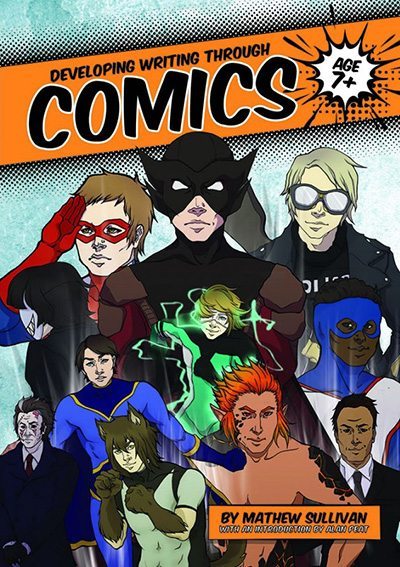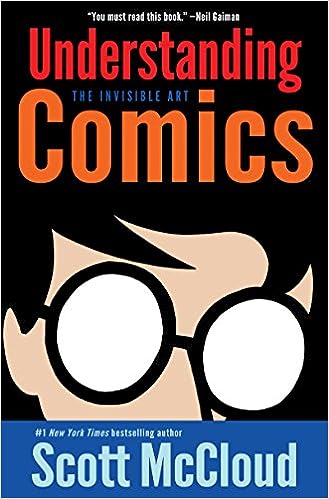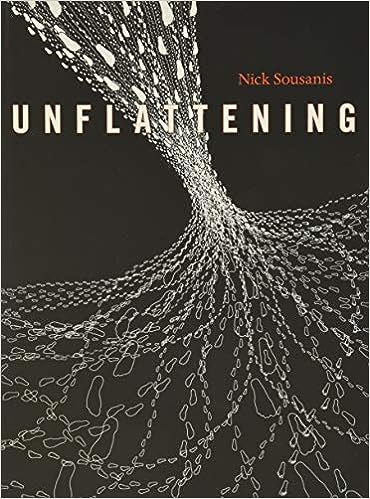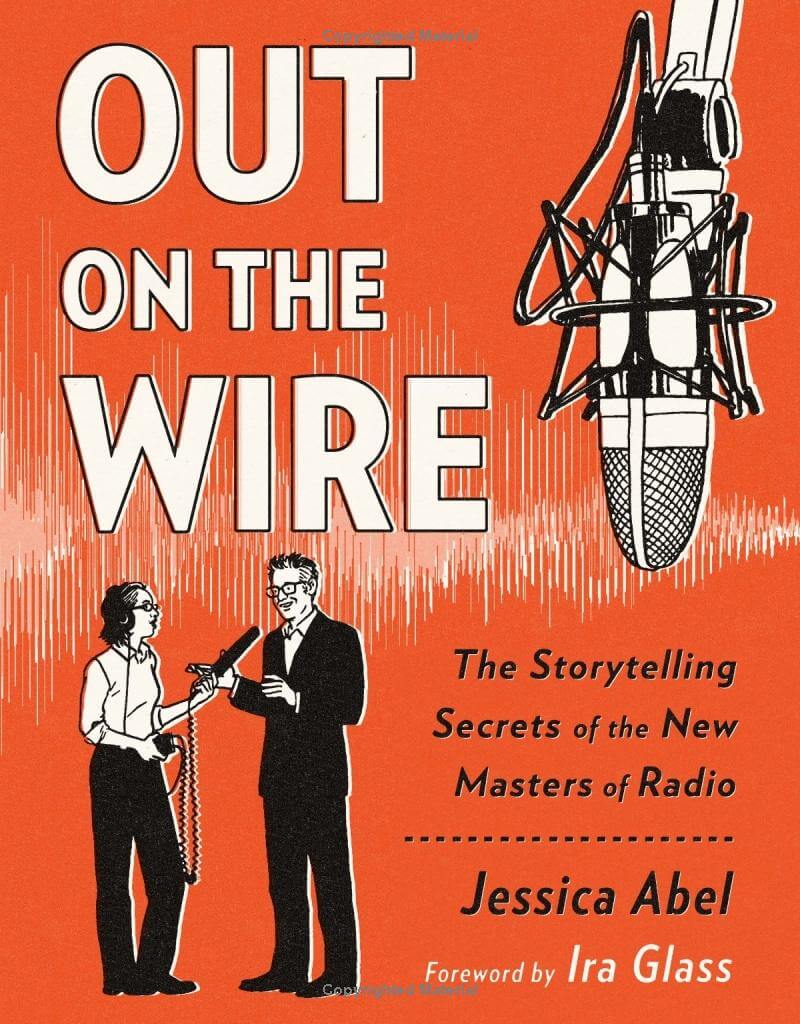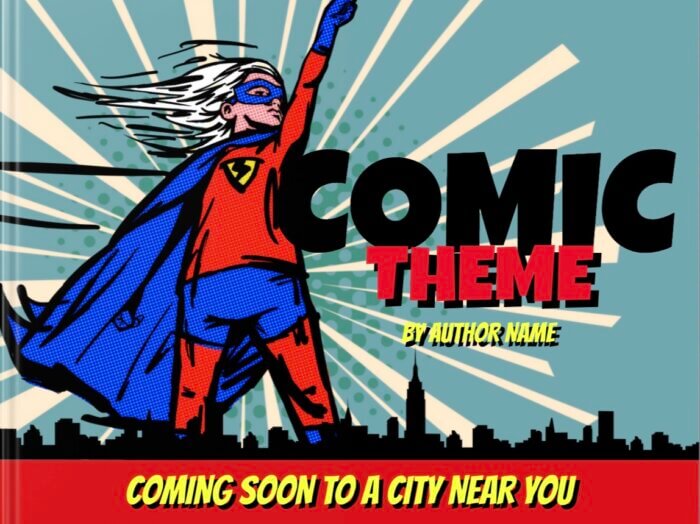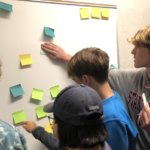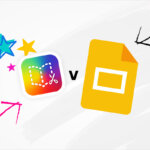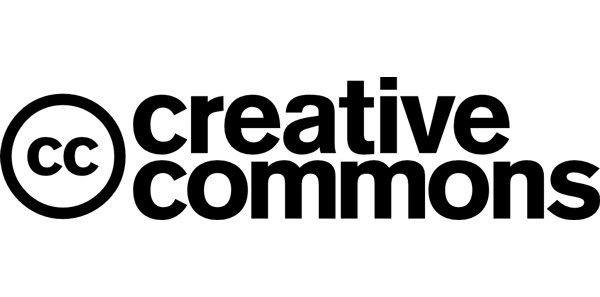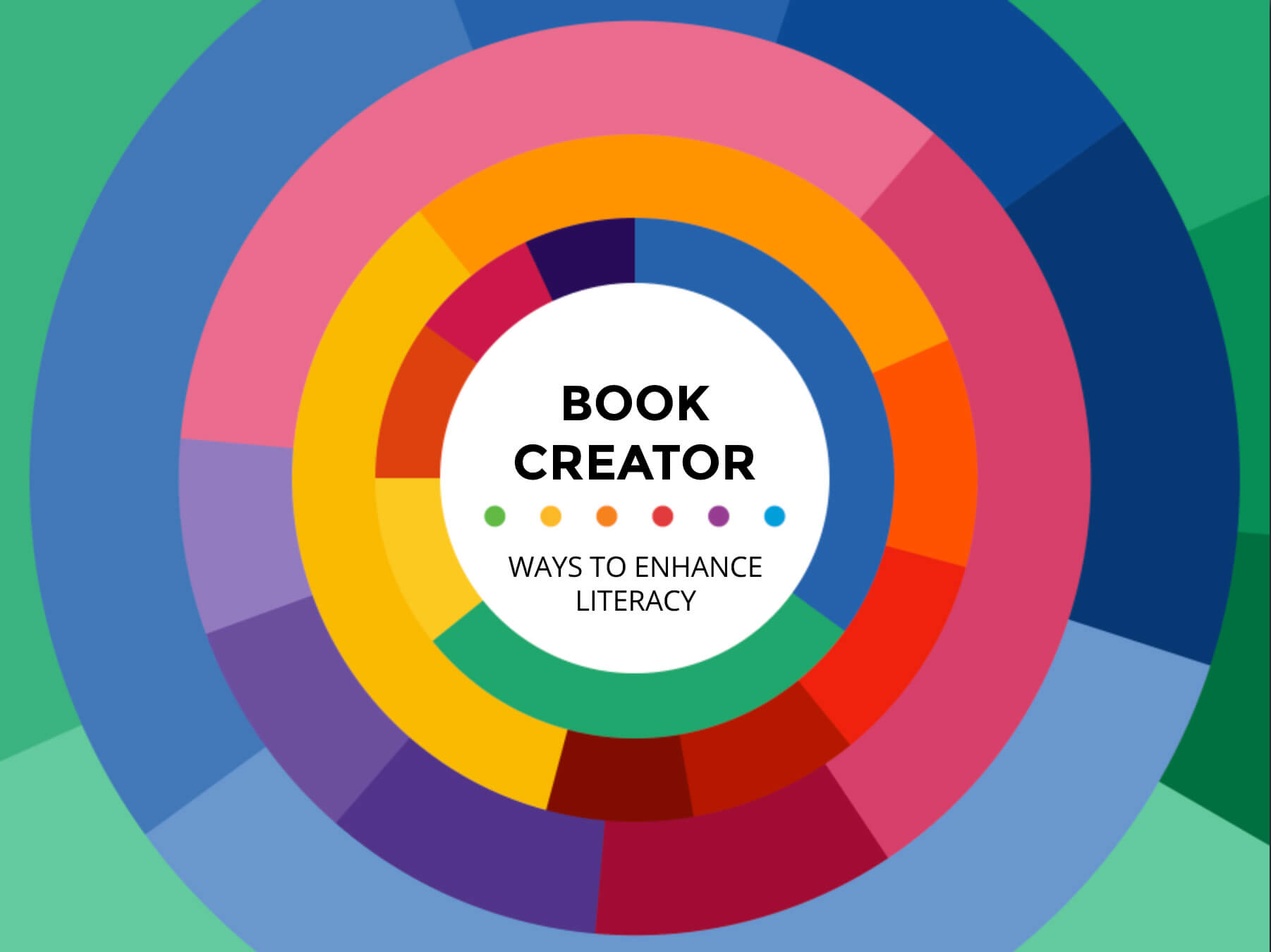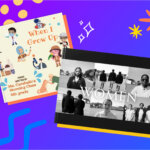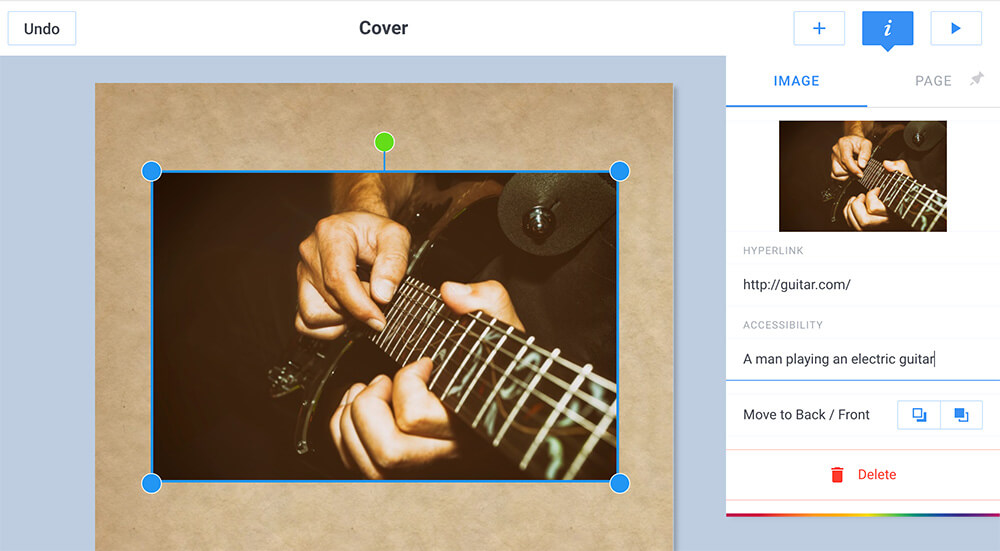Graphic novels are a compelling and engaging medium for students of all ages to demonstrate their learning. And with Book Creator's in-app comic builder, the possibilities are endless.
Teachers are always looking for authentic projects that keep students engaged, and provide an exciting change of pace. One of my favorite projects is a graphic novel made with Book Creator – a project that combines images, text and multimedia elements to convey ideas effectively in creative ways.
Graphic novels have come a long way since their days of superheroes and funny pages. Today, they’re much more than a pop culture distraction. Artists like Chris Ware have created graphic illustrations for the cover of The New Yorker. Novels like Persepolis, a memoir of an Iranian immigrant, have won critical acclaim, and Maus, a personal story of the Holocaust, even won the Pulitzer Prize. Non-fiction graphic novel genres include biographies, memoirs, and documentaries.
Combining the emotional impact and creativity of images with the specificity of text, graphic novels are a great alternative to traditional essays, posters, or class presentations. The medium provides the ability to arrange images, text, and, with Book Creator, multimedia digital content on a page in a variety of ways, allowing students to make comparisons, show changes over time, and present multiple times, places and ideas at once.
Why use student-created graphic novels in the classroom?
Even before the challenges of artificial intelligence, teachers were looking for engaging assignments that were authentic, meaningful, and resistant to plagiarism. Graphic novels are a great way to satisfy those needs, and offer a fun yet rigorous assignment that has a place in every subject area and grade level. Use graphic novels made with Book Creator to:
- Check for understanding or as a document of student learning.
- Elevate quality and provide purpose for assignments by publishing novels publicly.
- Create a cheat-resistant form of assessment. Since every graphic novel is unique, students can’t plagiarize easily, and because students enjoy making them, these assignments disincentivize cheating in the first place.
As a multimodal alternative to class presentations or essays, graphic novel projects allow students to use a variety of ways to show what they know. Students who are language learners, for example, or those who aren’t natural public speakers or performers can use these multimedia projects to convey their ideas clearly without being tripped up by a single assessment medium. And everyone benefits by developing visual literacy skills.

Graphic novels for learning
Think of graphic novels beyond the cliche of superhero fantasy stories, and instead consider how the strengths of the medium can help students show what they know.
- Images. The core of graphic novels are images like hand-drawn illustrations, but can also be photography, data visualizations, sketchnotes, or video. Have students document phenomena related to your curriculum, or create graphs and charts using data from experiments, class exercises, or research.
- Text. Often used for dialogue between characters in comic books, text in graphic novels can provide explanation, context, definitions, historical and scientific facts, or instructions.
- Time and space. Unlike essays or videos that move in chronological order, graphic novels have the flexibility to organize ideas in non-traditional ways. Multiple panels can create timelines, three act narrative structures like beginning-middle-end, or used to create side by side comparisons. Try a “flat,” or non-linear layout of multiple panels on one large page that can show multiple times or places at once, inviting the audience to move through the content at their own pace, like a kind of narrative infographic.
- Interactivity. Audiences can play back audio and video at their own pace. Hyperlinks allow students to link to their research like a live footnote or citation, and keep their content evergreen by linking to websites with updated information.
Graphic novel project ideas
In addition to fictional fantasy stories we’re familiar with, try these projects with your students.
- Poetry projects. Add text, imagery and an audio widget of students reading their work.
- Explainer comics. In the same way furniture assembly instructions include images and text to explain complex processes, have students create an explanation graphic novel about a concept or historical origin from your curriculum.
- Manuals and tutorials. The best way to learn something is to teach it. Have students create graphic novels that explain a process related to your curriculum, such as applying or solving equations, or a science lab process like titration.
Tips for creating graphic novels with Book Creator
- Set expectations for student projects, such as content, ratio of images to text, and number of pages for a book project. Since graphic novels can’t cover the same density of content as essays, be mindful of the limits of the format, and instead embrace its strengths.
- Allow time for students to create images, data visualizations, video or other media.
- Use a blank page and add illustrations and other media, or use one of the many comic creation features to create consistency and a ready to use framework.
- Create short books individually, or use the collaboration features of Book Creator to let teams of students work together on a single project. Individual students can contribute chapters to a longer book about a complex topic, for example, or allow students to create content for a team project that suits their strength, such as illustration or writing.
Ideas for further reading
How can we use comics in the classroom?
Primary school teacher and author Matthew Sullivan gives some thoughts about how and why comic books can be used as a writing stimulus, and more.
Understanding Comics
An encyclopedia for the grammar and language of graphic novels, by Scott McCloud.
Unflattening
A philosophical essay about innovation, written as a graphic novel, by Nick Sousanis.
Out On the Wire
A non-fiction book about producing audio stories presented in a graphic novel format, by Jessica Abel.
Michael is an award-winning teacher, author, and international speaker in Los Angeles whose work focuses on digital and civic literacy, social justice, and student-centered learning experiences. His new book about authentic learning, Storytelling With Purpose: Digital Projects To Ignite Student Curiosity, leverages student passion to solve some of the biggest challenges educators face, like low student engagement and artificial intelligence. He is a Book Creator Ambassador, and the author of Book Creator for the High School Classroom. Find out more about Michael on his website.
